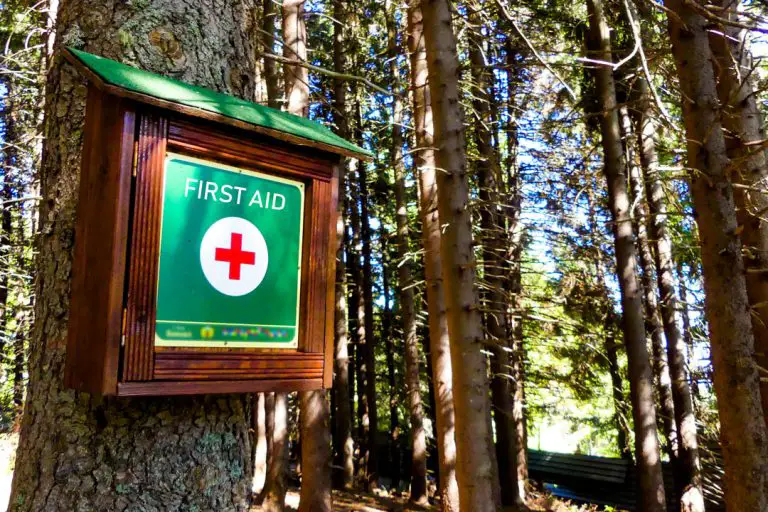Wild Animals in California That Carry Rabies — And What to Do If You’re Bitten

It’s a truism to say that the more time you spend outside, the more likely you are to come in contact with wild animals — and for the purposes of this article, with wild animals that have rabies.
Though rare in humans (even those of us who spend a lot of time outdoors) in the United States, rabies remains a significant concern due to its severity. In California, about 200 animals are confirmed to have rabies each year, mostly bats and skunks, with bats by far the most common carrier.
While the risk to humans is low, cases like the recent death of a teacher from a bat bite in Fresno County highlight the importance of understanding rabies and taking preventive measures.
If you take one thing away from this article, it is this: Immediate medical attention following suspected rabies exposure is critical. About 60,000 people are treated after rabies exposure in the US annually, and fewer than 10 people die from the disease.
Animals That Carry Rabies in California
All mammals can contract rabies, but in California, the primary carriers are:
- Bats: The most common source of human rabies in the U.S. Even minor contact, such as a small bite or scratch, can transmit the virus.
- Skunks: Frequently found in suburban and rural areas, skunks with rabies may exhibit unnatural behavior, such as being active during the day.
- Other Wild Mammals: Foxes and raccoons occasionally carry rabies.
- Domestic Animals: Pets like dogs and cats can contract rabies if not vaccinated, though cases are rare thanks to widespread vaccination requirements.
Signs of Rabies in Animals
Animals infected with rabies often display abnormal behavior, including:
- Wild animals acting unusually tame or unafraid of humans
- Nocturnal animals active during the day
- Difficulty walking, eating, or drinking in pets
- Agitation or aggressive behavior in typically calm animals
- Bats that can’t fly or are caught by pets
What to Do If You’re Bitten by an Animal
If you’re bitten by any animal — whether or not you suspect it has rabies — follow these steps immediately:
- Clean the Wound: Wash the bite area thoroughly with soap and water. This helps reduce the risk of infection.
- Seek Medical Care: Contact a healthcare provider as soon as possible. A doctor can assess the bite and determine if post-exposure prophylaxis (PEP), a rabies vaccine series, is necessary.
- Report the Incident: Notify your local health department. This helps track potential rabies cases and ensure public safety.
- Avoid Further Contact: Do not try to capture or handle the animal yourself. Contact local animal control for assistance.
Why Prompt Action is Critical
Rabies has a long incubation period, usually 4–8 weeks, but symptoms can appear sooner or much later. Once symptoms begin, rabies is almost always fatal. The first signs in humans include tingling or itching at the bite site, followed by confusion, trouble walking, and difficulty swallowing. Death typically occurs within 1–2 weeks of symptom onset.
Prevention Tips
Rabies is 100% preventable if you act quickly after a potential exposure. Here’s how to reduce your risk:
- Vaccinate Pets: Ensure your pets are up to date on their rabies shots. This is required for dogs in California.
- Avoid Wild Animals: Don’t approach, touch, or feed unfamiliar animals, especially bats and skunks.
- Handle Bats with Care: If you find a bat, dead or alive, do not touch it. Contact animal control to safely remove it.
- Educate Yourself: Learn the signs of rabies in animals and stay vigilant when outdoors.
Why Rabies Awareness Matters
The tragic loss of life in Fresno County serves as a stark reminder of the dangers of rabies and the importance of immediate action. Even minor bites from bats or other wild animals can transmit the virus. By recognizing the signs of rabies and knowing how to respond to animal bites, you can protect yourself and your loved ones.
For more information, visit the California Department of Public Health Rabies Page.
Sources:
United States Center for Disease Control
California Department of Public Health






